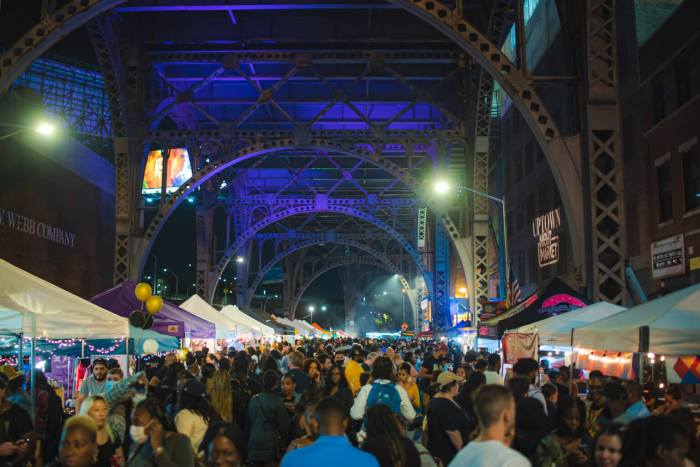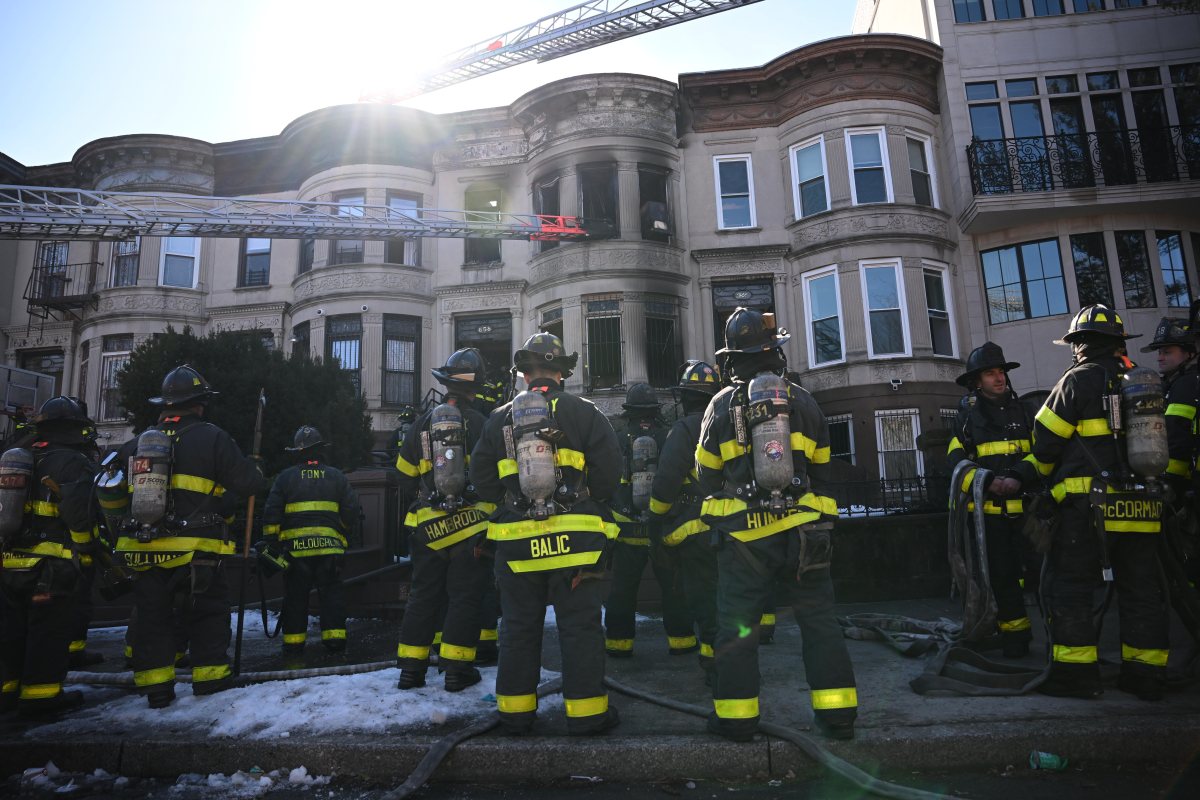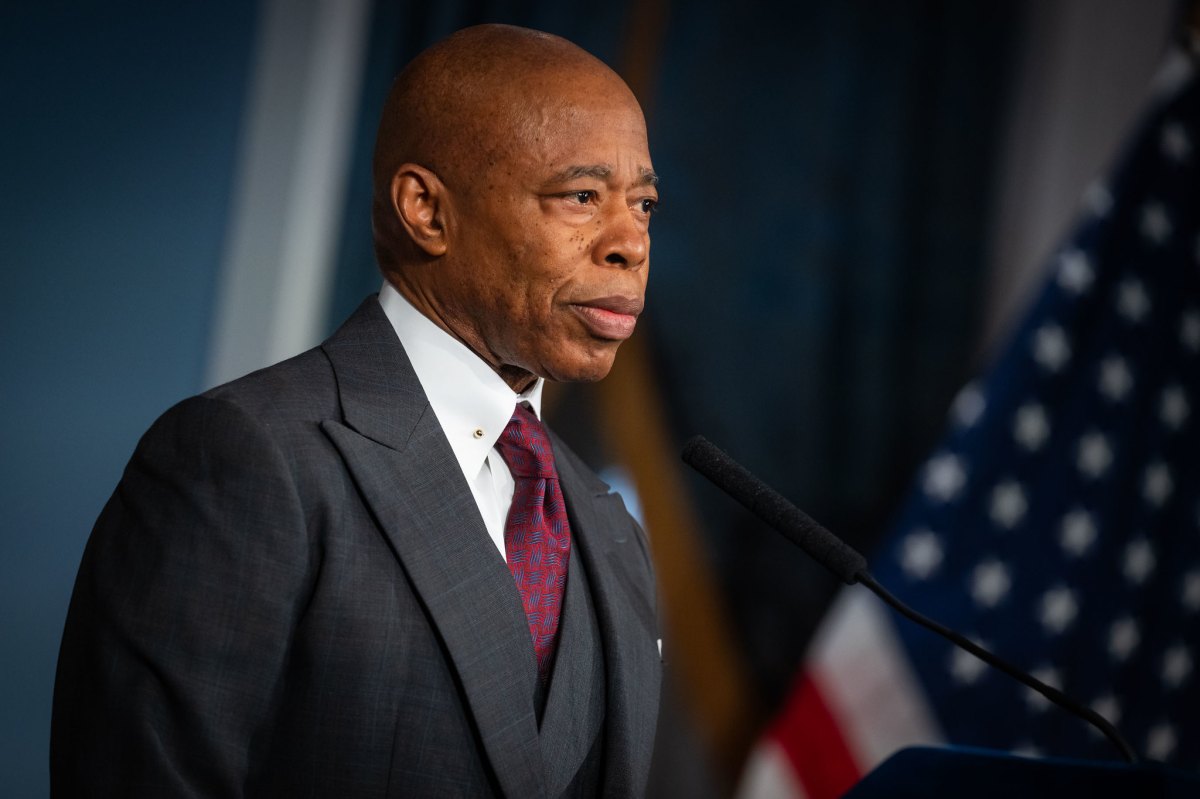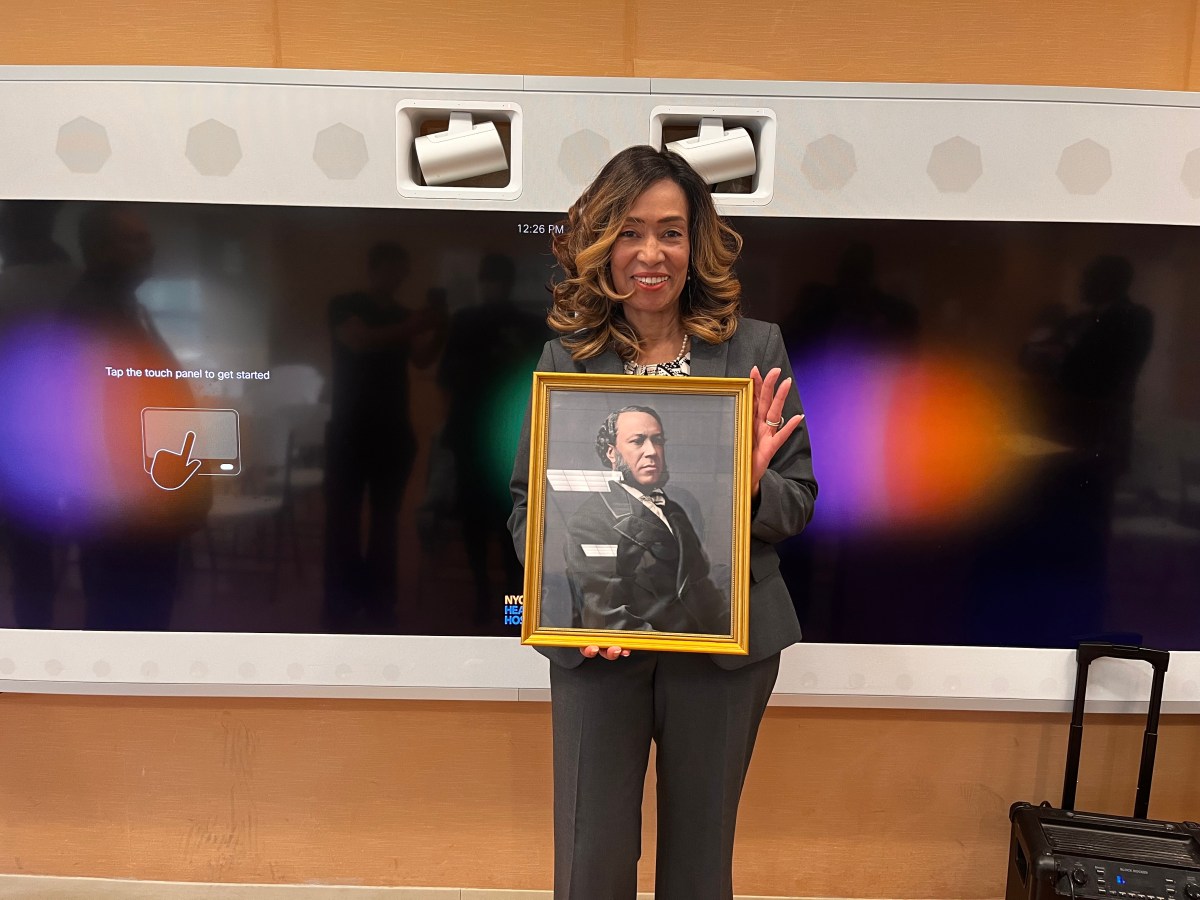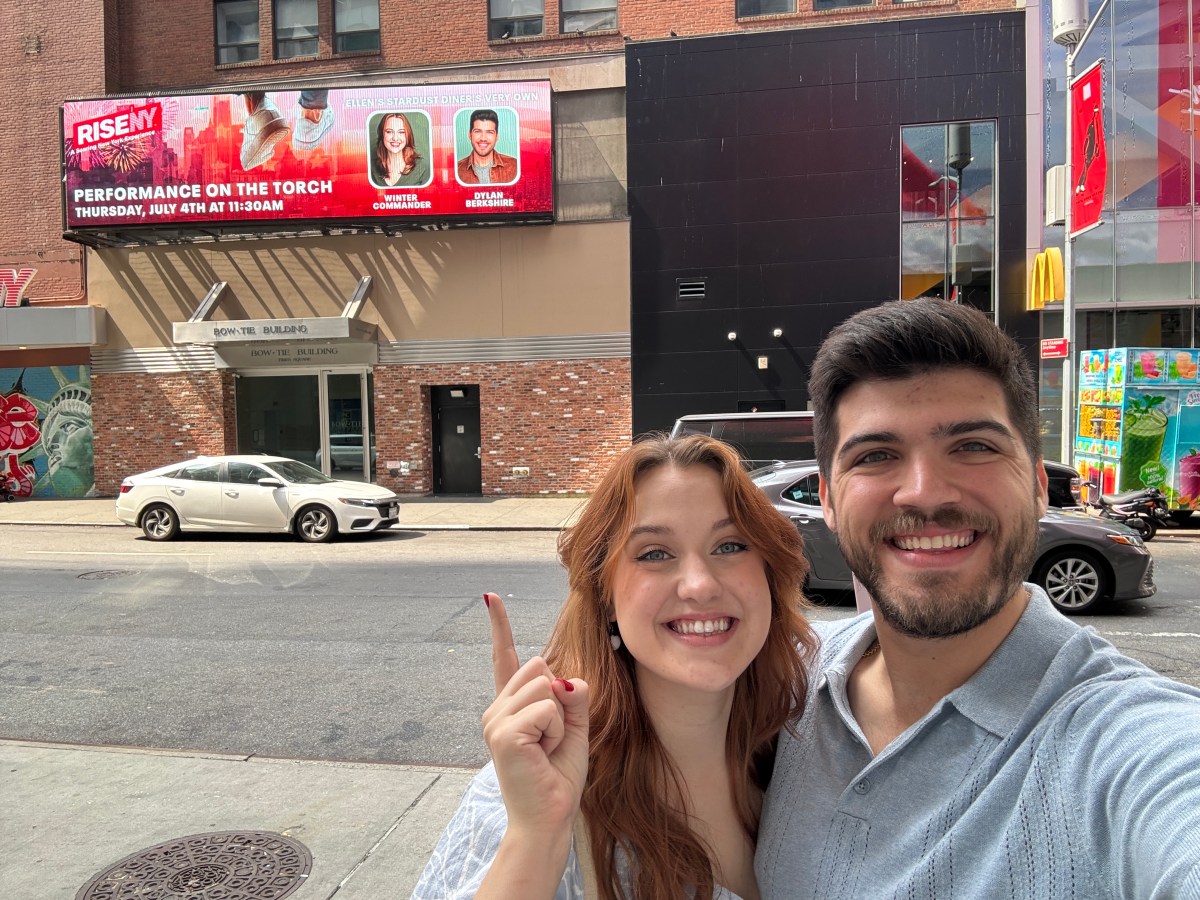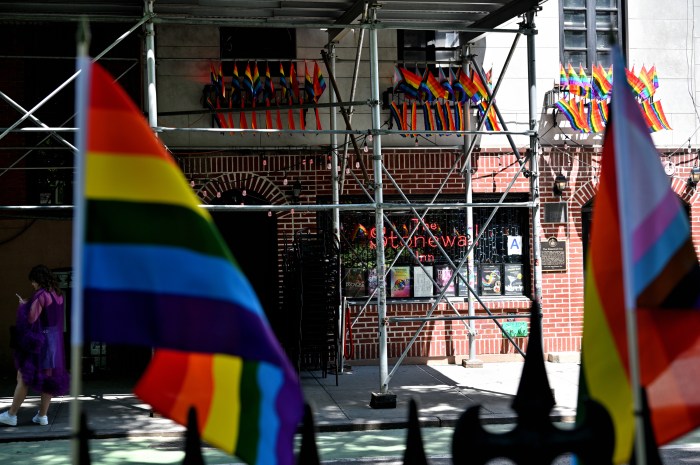
New York is a city of cemeteries.
Whether they are small, centuries-old plots nestled between buildings or lush strips of green, these “gardens of stone” are full of fascinating secrets.
They also make for a great year-round urban exploring trip, even on cold winter days.
“People are discovering they are not scary at all,” said Alexandra Mosca, a Queens-based funeral director and author who has extensively researched cemeteries. “They are about history and remembrance.”

It was in her work as a funeral director that she started noticing details in the monuments.
“Something would catch my eye,” she said. “It could be the monument itself, a particularly poignant inscription or sometimes it was the age. The brevity of life just struck me.”
Mosca started taking photos and digging into research. One of her books focuses on fabled Green-Wood Cemetery in Brooklyn while the other, “Gardens of Stone,” includes monuments from several different burial grounds in the city.
One of the sites that fascinates her is sprawling Calvary Cemetery in Queens. More than 1.7 million people are interred in its 365 acres.
The Catholic cemetery features sweeping skyline views of the city and is often featured in films and television shows, including “The Godfather” and more recently “Gotham” and “Blue Bloods.”

“This cemetery is really old and it really has character,” Mosca said. “The monuments are stunning.”
One of her favorites is the lifelike monument of a young woman named Rose who died at the age of 25 in 1927.
“Every season there is always a flower here,” Mosca said during a visit to Calvary Cemetery this fall. “Sometimes it’s silk. Sometimes it’s a real flower. So someone is coming back to visit Rose. I find that really interesting.”
She stopped by the Johnston family mausoleum, the largest in the cemetery that dates back to the early 1900s.
The grand structure served as a backdrop for a pivotal scene in “The Godfather.” It was built for the family that owned a dry goods enterprise in Manhattan.

Mosca said while the mausoleum was constructed to house 30, it is the final resting place for just six family members.
“It’s spectacular and in different light it photographs differently,” she said. “Sometimes it’s gold, sometimes it’s silver.”
Many of the monuments feature sculptures as striking as any artwork in fine museums. There are towering crosses and melancholy angels.
Hero police officer Joseph Petrosino is buried here along with mobster Mickey Spillane. U.S. Sen. Robert F. Wagner is also at Calvary along with his son, Robert F. Wagner Jr., who served as mayor of New York City from 1954 through 1965.
Further east in Queens is Saint John Cemetery, another Catholic cemetery with some fascinating monuments and permanent residents.

Mosca said one imposing mausoleum, topped by angels and a figure of Jesus Christ, caught her eye. She researched the name, Leonhard Eppig, and discovered he founded a German brewery in Bushwick in 1866.
“Years ago, unlike now, society was smaller and if you look up these names you find prominent people who had streets and neighborhoods named after them,” she said. “It’s really phenomenal what you can learn.”
Mosca grew up in Beechhurst, Queens, in a family where she was never sheltered from attending funerals or visiting cemeteries.
“My heritage is Italian and Greek, two groups that are big cemetery visitors,” she said. “We always went to cemeteries and I always felt very comfortable.”
While she is heartened to see the resurgence of cemeteries as cultural sites — with tours, book readings and other activities — Mosca said people need to walk a fine line.
“I never think we should go far away from the primary purpose of a cemetery,” she said. “It’s not a party place for drinking and loud music. These are still graves.”



